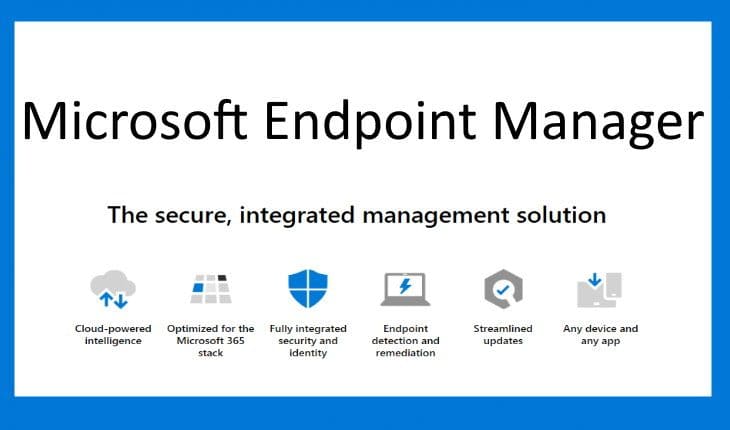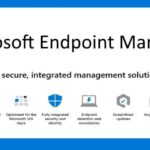SCCM 2010 Anteprima tecnica.
Desktop Analytics support for Windows 10 Enterprise LTSC
The Windows 10 long-term servicing channel (LTSC) was designed for devices where the key requirement is that functionality and features don’t change over time. This servicing model prevents Windows 10 Enterprise LTSC devices from receiving the usual feature updates. It provides only quality updates to make sure that device security stays up to date. Some customers want to shift from LTSC to the semi-annual servicing channel, to have access to new features, services, and other major changes. Starting in this release, you can now enroll LTSC devices to Desktop Analytics to evaluate in your deployment plans.
Improvements to scenario health
Technical preview version 2008 added the ability to monitor scenario health, which initially focused on SQL Server Service Broker. In this release, you can now monitor the health of the fast channel used for client actions. If your environment is tenant attached with devices uploaded, this feature helps you see potential issues with client actions from the Microsoft Endpoint Manager admin center. You can also use this feature for on-premises client actions. For example, CMPivot, run scripts, and device wake-up.
Expanded Windows Defender Application Control management
Windows Defender Application Control enforces an explicit list of software allowed to run on devices. In this technical preview, we’ve expanded Windows Defender Application Control policies to support devices running Windows Server 2016 or later.
Syntax highlighting for scripting languages
To assist you when creating scripts and queries in the Configuration Manager console, you’ll now see syntax highlighting and code folding, where available.
Supported scripting languages for syntax highlighting
Supported languages for syntax highlighting include PowerShell, JavaScript/JScript, VBScript, and SQL/WQL. The below chart shows which languages are supported for syntax highlighting in each area of the console:
| Console area | Powershell | VBScript | JavaScript/JScript | SQL/WQL |
|---|---|---|---|---|
| Application scripts | SÌ | SÌ | SÌ | – |
| Collection query | – | – | – | SÌ |
| Configuration item scripts | SÌ | SÌ | SÌ | SÌ |
| Task sequence scripts | SÌ | – | – | – |
| Create scripts | SÌ | – | – | – |
Deploy a task sequence to a user
Based on your UserVoice feedback, you can now deploy a non-OS deployment task sequence to a user-based collection. Use the task sequence deployment type of an application to install or uninstall it.
Shortcuts to status messages
Based on your UserVoice feedback, you now have an easier way to view status messages for the following objects:
- Devices
- Users
- Content
- Deployments
- Monitoring workspace
- Phased deployments (selezionare Show Deployments from the Phased Deployments node)
- Deployments tab in the details pane for:
- Packages
- Task sequences
- Monitoring workspace
Select one of these objects in the Configuration Manager console, and then select Show Status Messages from the ribbon. Set the viewing period, and then the status message viewer opens. The viewer filters the results to the object you selected.
Your user account needs at least Read permission to these objects.
Enable user proxy for software update scans
Beginning with the September 2020 cumulative update, HTTP-based WSUS servers will be secure by default. A client scanning for updates against an HTTP-based WSUS will no longer be allowed to leverage a user proxy by default. If you still require a user proxy despite the security trade-offs, a new software updates client setting is available to allow these connections. For more information, see September 2020 changes to improve security for Windows devices scanning WSUS.
Improvements to task sequence performance for power plans
Starting in Configuration Manager version 1910, to improve the overall speed of the task sequence, you can activate the Windows power plan for High Performance. Starting in this technical preview release, you can now use this option on devices with modern standby and other devices that don’t have that default power plan. Now when you use this task sequence option, it creates a temporary power plan that’s similar to the default for High Performance. After the task sequence completes, it reverts to the original power plan, and deletes the temporary plan.





















